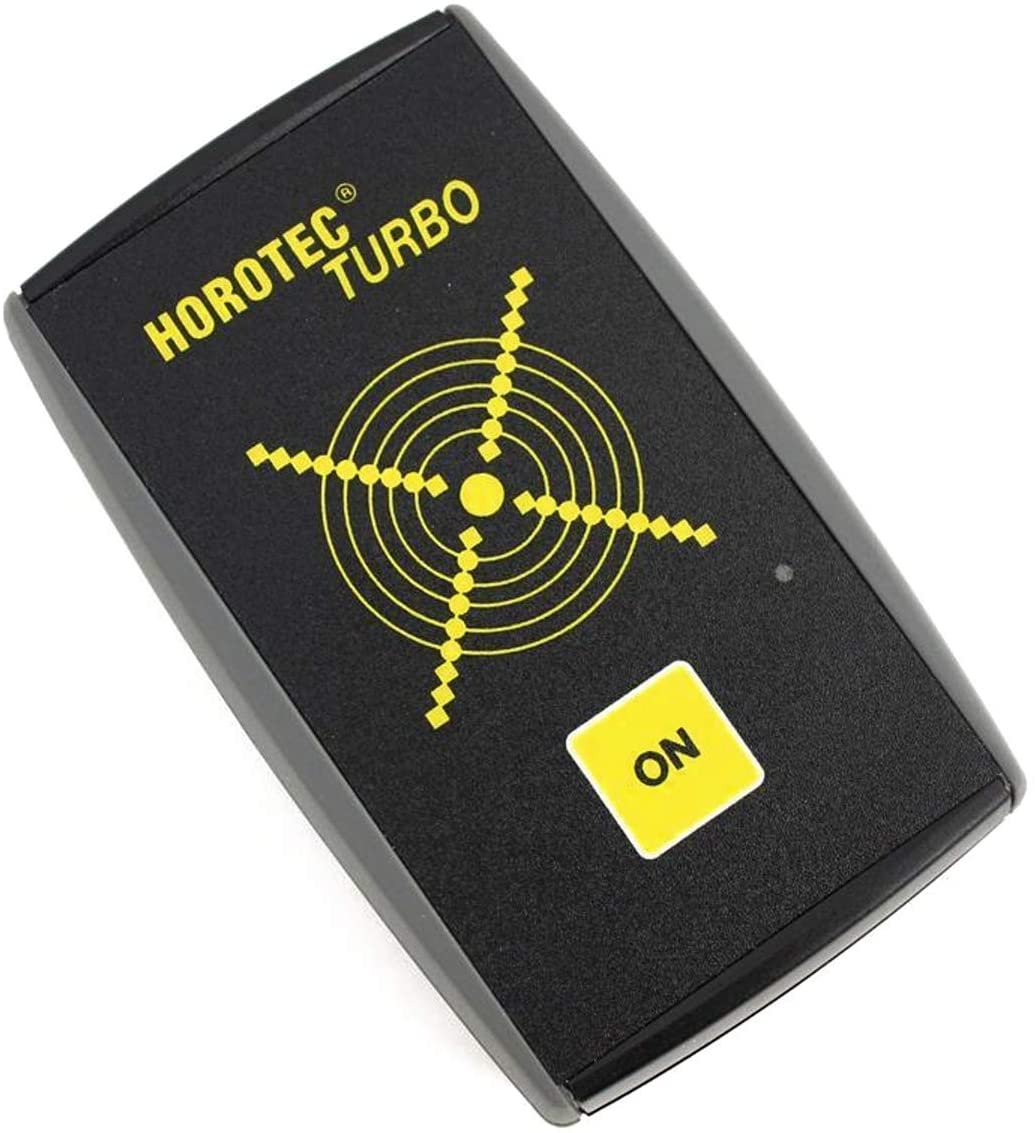- Posts
- 20
- Likes
- 7
kalali
·Hi. I have an Omega Constellation circa 1987 with a Cal. 1441 movement. The watch does not run after a battery replacement and I'm assuming its an electronics issue since it worked fine before it ran out of battery and sat for a couple of years. I'm relatively handy working on mechanical movements and have replaced a few Japanese quartz movements, Seiko, Citizen, etc., but no experience in repairing quartz movements. A replacement 1441 or the equivalent ETA 255.561 seems impossible to find but according to my research the Cal. 1438/1538 or ETA 255.461/462 are direct physical substitues. Please correct me if I'm mistaken. I can get a new ETA 255.461/462 but the specs indicate 23.3 mm outside diameter and the Cal. 1441 measures 23.9mm. There's a spacer ring that fits around the movement when it is installed in the case and I'm wondering if I need a larger ring or I'm misinterpreting the dimensions. Any help is appreciated. Thank you all.
